Power stations ensure a steady supply of electricity. In today’s world, almost every activity depends on electric power, from homes and businesses to healthcare and transportation. Power stations are planned to meet regional energy demands, maintain grid stability, and ensure a stable and consistent flow of electricity, even during peak usage. This consistency supports daily life and strengthens national security.
Energy Independence
Power stations play a crucial role in promoting nations' energy independence. Countries can reduce their reliance on foreign energy, whether fossil fuels, nuclear energy, or renewable energy, by developing domestic energy sources. This self-reliance helps stabilize energy prices and insulates economies from the volatility of the global market and political tensions, providing a sense of security and stability.
Job Creation
The installation and operation of power station create significant job opportunities. The power industry offers employment in various professions, including engineering, technical roles, and construction. Power plants also contribute to local economic growth, stimulating business development and generating tax revenues that can be used to improve local communities, fostering a sense of optimism and economic growth.
Innovation
Power stations have advanced technology. The energy system has also improved by developing efficient gas turbines, solar panels, and advanced battery storage, which aim to be efficient and sustainable. These innovations also tend to affect other sectors, contributing to more extensive technological development.
Environmental Benefits
Renewable power plants, such as those based on solar, wind, hydro, and geothermal energy, significantly reduce environmental stress. These plants do not produce electricity that emits high levels of greenhouse gases, contributing to the fight against climate change. In addition, modern power stations and trains use cleaner technologies, further reducing pollution and promoting better public health, instilling a sense of hope for a cleaner, healthier future.
Resilience
Power bases improve energy security and grid resilience by increasing energy security. Power networks with a broader spectrum of energy sources and decentralized energy (microgrids) can better resist interruptions caused by natural disasters or physical attacks on energy networks. Vitality guarantees the maintenance of essential services in case of emergencies.
Modern Living
Power station 5kwh runs modern life using electricity. Reliable energy promotes comfort, education, healthcare, and innovations, whether for digital devices and communication networks, electric vehicles, or household appliances. In the absence of power, the modern technological conveniences would not have evolved.
Energy Access
Power generation by power stations encourages increased access to energy. Distributed and renewable energy, which is energy generated from multiple small sources and is sustainable over time, could deliver power to isolated or otherwise remote locations. Improved access to electricity simplifies economic and social development and goes a long way in narrowing the difference between urban and rural areas.
Climate Action
Modern power stations are the solution to the climate goals. Renewable power plants contribute to the decarbonization of the energy market, which means they reduce the carbon emissions associated with energy production. They generate low emissions but promote economic development. Their importance to the world energy transition is critical to creating a sustainable world.
Supports Industry
The industry and the manufacturing sector rely on power stations. Industries also require a lot of constant electricity to manufacture, operate machines, and automate. With a stable power supply, industries perform at the optimum level, increase capacities, and become globally competitive.
How To Select The Power Station
1. Know Your Power Needs
The initial step in choosing a power station is realizing your energy needs. Take the wattage of all the necessary appliances you use. The power plants have a rating of watts and watts per hour, representing the energy they can hold and supply. Single charging points will only require a few baht to charge phones and laptops. Still, larger machines may require more significant charging stations to charge appliances such as refrigerators or power tools.
2. Check Device Compatibility
You must ensure the power station is safe for powering your devices. Check the voltage and connectors needed. Modern houses' power stations contain AC outlets, USB ports, and DC car outlets. A station with additional ports increases the flexibility of the different devices.
3. Consider Portability
Consider the application and location of the power station. A compact model is better when you have to travel or camp somewhere. In general, larger, more capable, less portable stations are frequently desired when they are to be used at a residence or place of business.
4. Battery Type and Lifespan
Pay attention to the battery type. Lithium-ion batteries are standard for their lightweight, high-energy density, and long life. Some newer 24v 100ah lithium ion battery price, which offer even more durability and improved safety.
5. Charging Options
A versatile power station should support multiple charging options. Recharging via a wall outlet, car charger, or solar panel gives you flexibility, especially during emergencies or off the grid for extended periods.
6. Look for Extra Features
Advanced features can enhance usability. Look for a transparent LCD to monitor battery level and output. Safety protections like overcharge, short circuit, and temperature control are also valuable. Some models even allow you to expand capacity with additional battery modules.
Checklist Before Installing Power Station
1. Assess Energy Requirements
Before installation, carefully evaluate your energy needs. Determine the total power output required to support your essential devices or systems. Consider continuous and peak loads so the selected power station can meet your expectations without strain.
2. Choose the Right Location
Select an appropriate location for the power station. The space should be dry, well-ventilated, and safe from extreme temperatures. Avoid placing it in damp areas or near flammable materials. The installation area must also allow for easy access for operation and maintenance.
3. Verify Compatibility
Ensure that the power station is compatible with your devices and appliances. Check voltage, amperage, and plug types. Also, confirm whether it integrates smoothly with existing systems, such as solar panels or home battery backups.
4. Inspect Electrical System
Before installation, inspect the current electrical system. Ensure that wiring, breakers, and outlets are in good condition and capable of handling the additional load. Consult a licensed electrician to connect the power station to your home grid.
5. Plan for Ventilation and Cooling
Many power stations generate heat while operating. Proper ventilation is essential to prevent overheating. As the manufacturer recommends, ensure the installation location allows for adequate airflow and cooling.
6. Understand Charging Options
Review the available charging methods for your power station, such as AC outlets, solar input, or car charging. Prepare the necessary accessories and confirm that your setup supports quick and efficient recharging.
7. Safety Features
Before installing, familiarize yourself with the unit's safety features. Understand how to monitor performance, handle alarms, and shut down the system if necessary. Check for built-in surge protection, short-circuit prevention, and thermal control.
8. Test Before Full Use
Once installed, thoroughly test the power station with your key devices. Monitor its performance under load to ensure stable operation. Please verify that the station charges properly and delivers consistent power before relying on it entirely.
9. Conclusion
Power stations provide essential benefits to society. They deliver reliable electricity, foster economic growth, drive innovation, and support environmental sustainability. They enhance resilience, promote equity in energy access, and are vital to combating climate change. As technology evolves, power stations will continue to shape a better and more sustainable world.
FAQs For Power Station
1. What is a power station?
A power station stores electrical energy and delivers power to various appliances and devices. Portable power stations are typically used for backup power, outdoor activities, or remote worksites, while large-scale power stations generate electricity for entire grids.
2. How do I choose a power station of the right size?
Determine the wattage of all devices you plan to power simultaneously. Add the wattages together and choose a power station with a continuous power output that meets or exceeds this total and enough battery capacity to last as needed.
3. Can I run household appliances with a portable power station?
Yes, but it depends on the power station size and the wattage requirements of your appliances. Larger power stations can run small appliances like fridges, fans, or lights. Always check your appliance wattage against the station’s rated output.
4. How long will a power station run my devices?
Run time depends on the station’s battery capacity (measured in watt-hours) and the devices' combined wattage. To estimate operating time, divide battery capacity by the total wattage load.
5. What’s the difference between a power station and a generator?
Generators use fuel (gasoline, diesel, propane) to produce electricity, while power stations store energy in a battery and release it as needed. Power stations are quieter, require less maintenance, and emit no fumes, making them ideal for indoor use or areas with noise restrictions.
6. How do I recharge my power station?
Most power stations can be recharged via standard wall outlets (AC), car chargers, and solar panels. Some models allow charging from multiple sources simultaneously for faster recharge.
7. Are power stations safe to use indoors?
Potable power stations can safely be used indoors because they use batteries rather than fuel combustion. Be sure to follow manufacturer guidelines, especially regarding ventilation and heat dissipation.

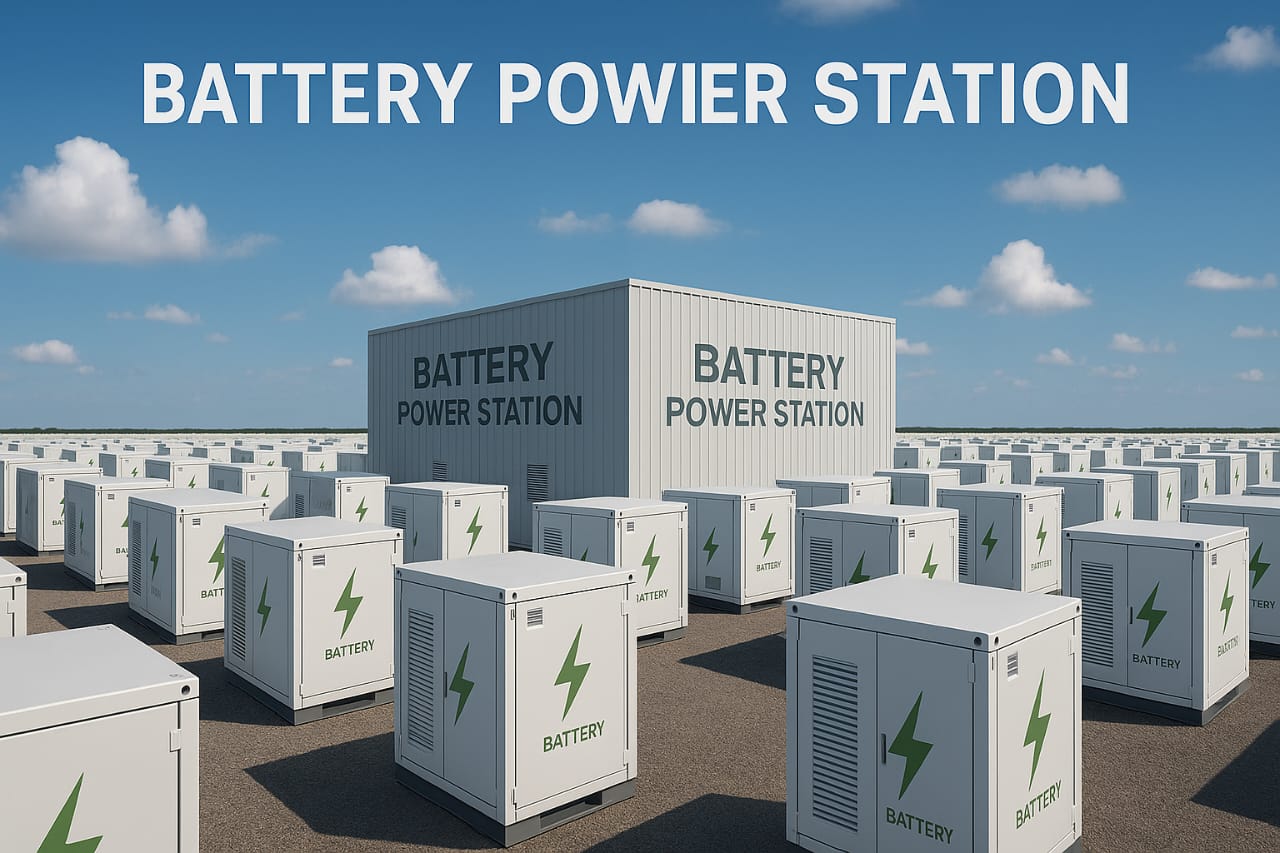

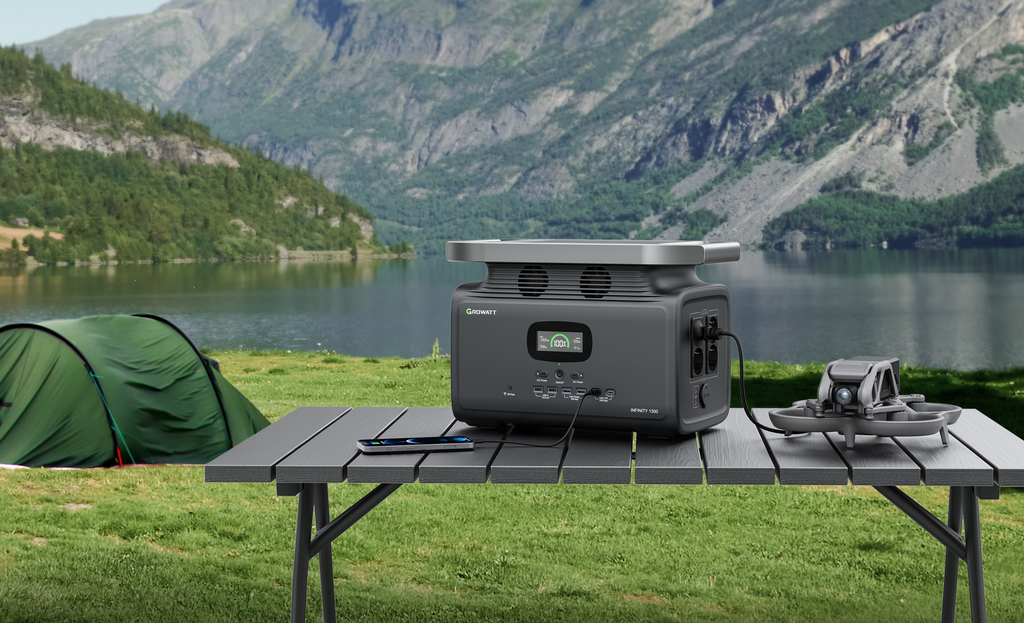
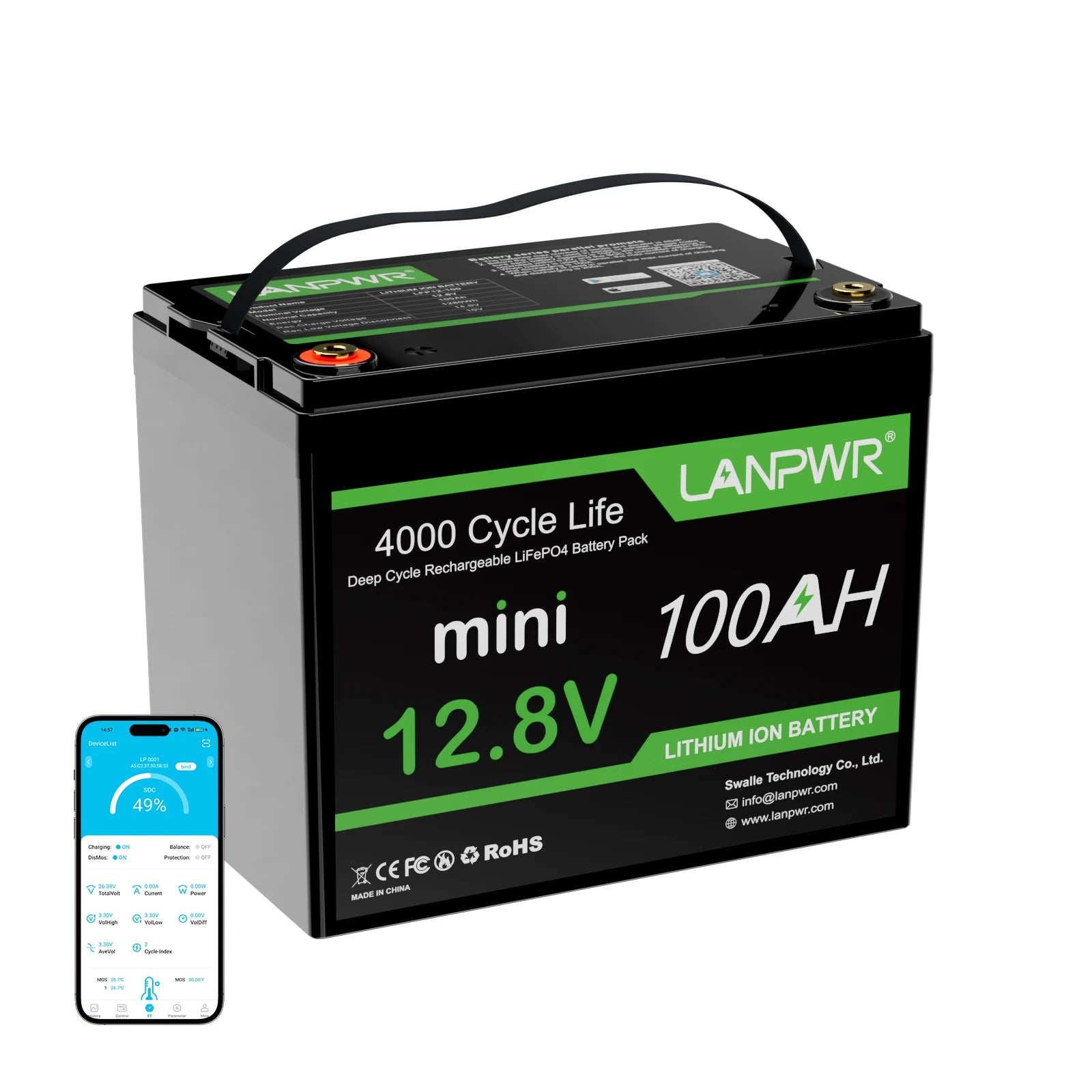

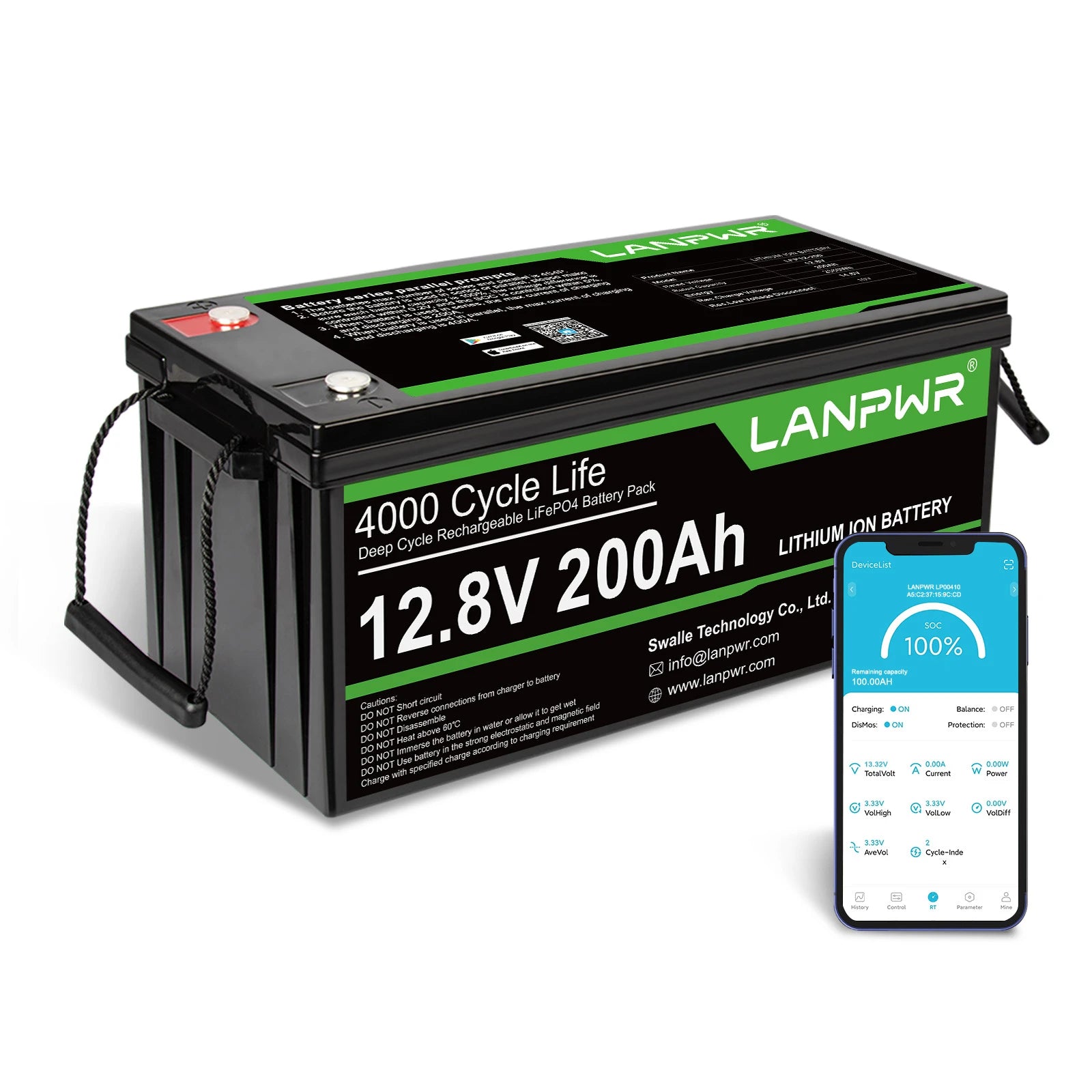
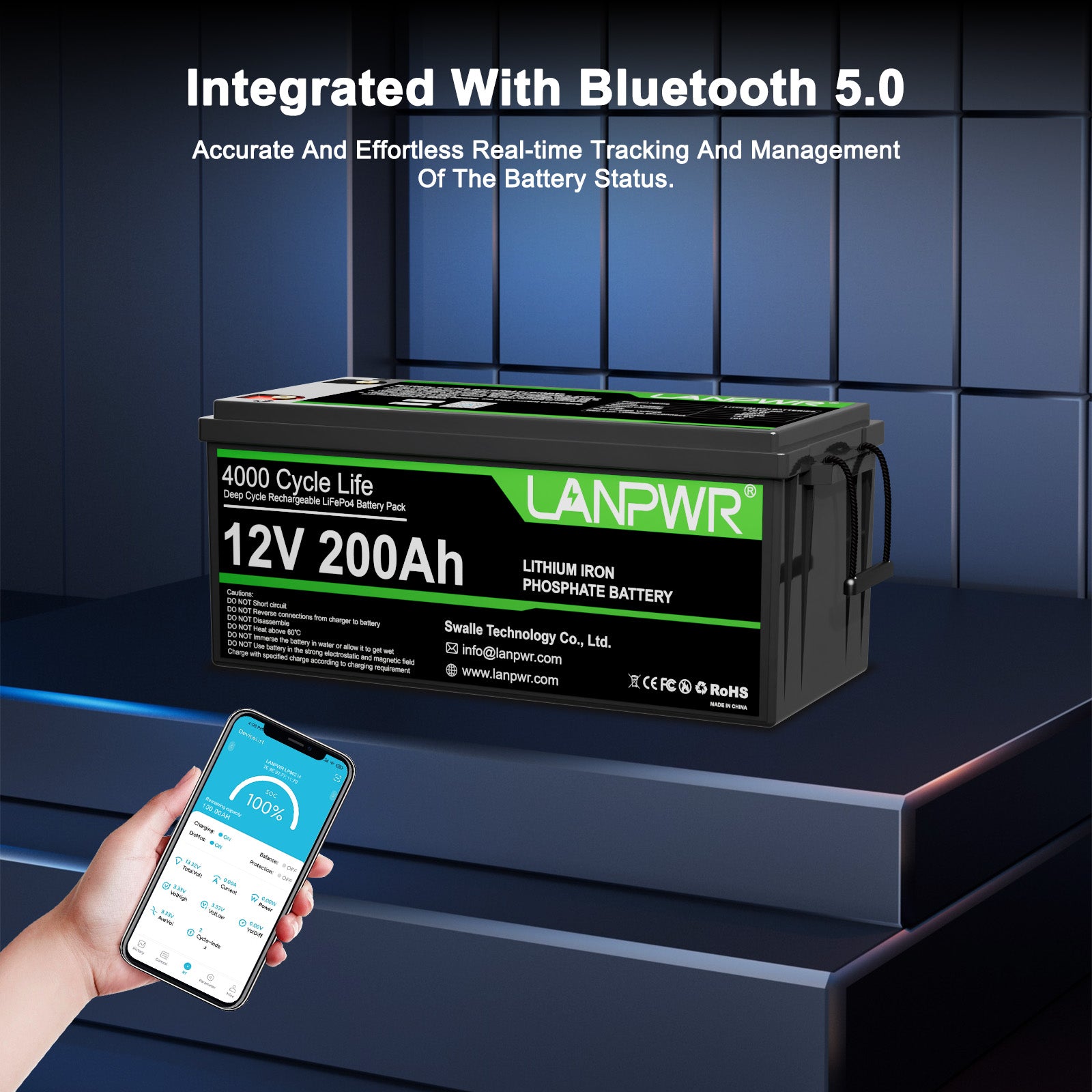
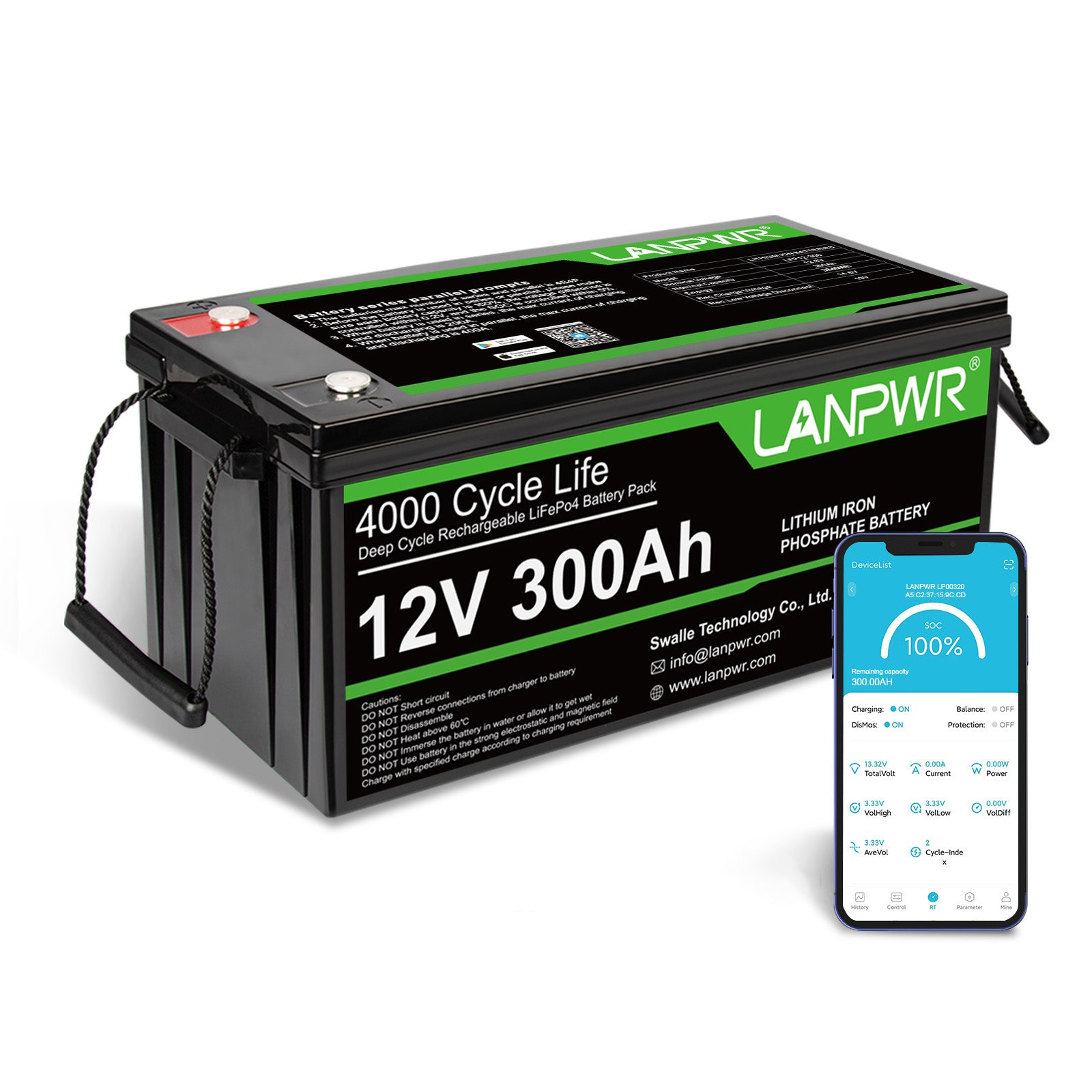
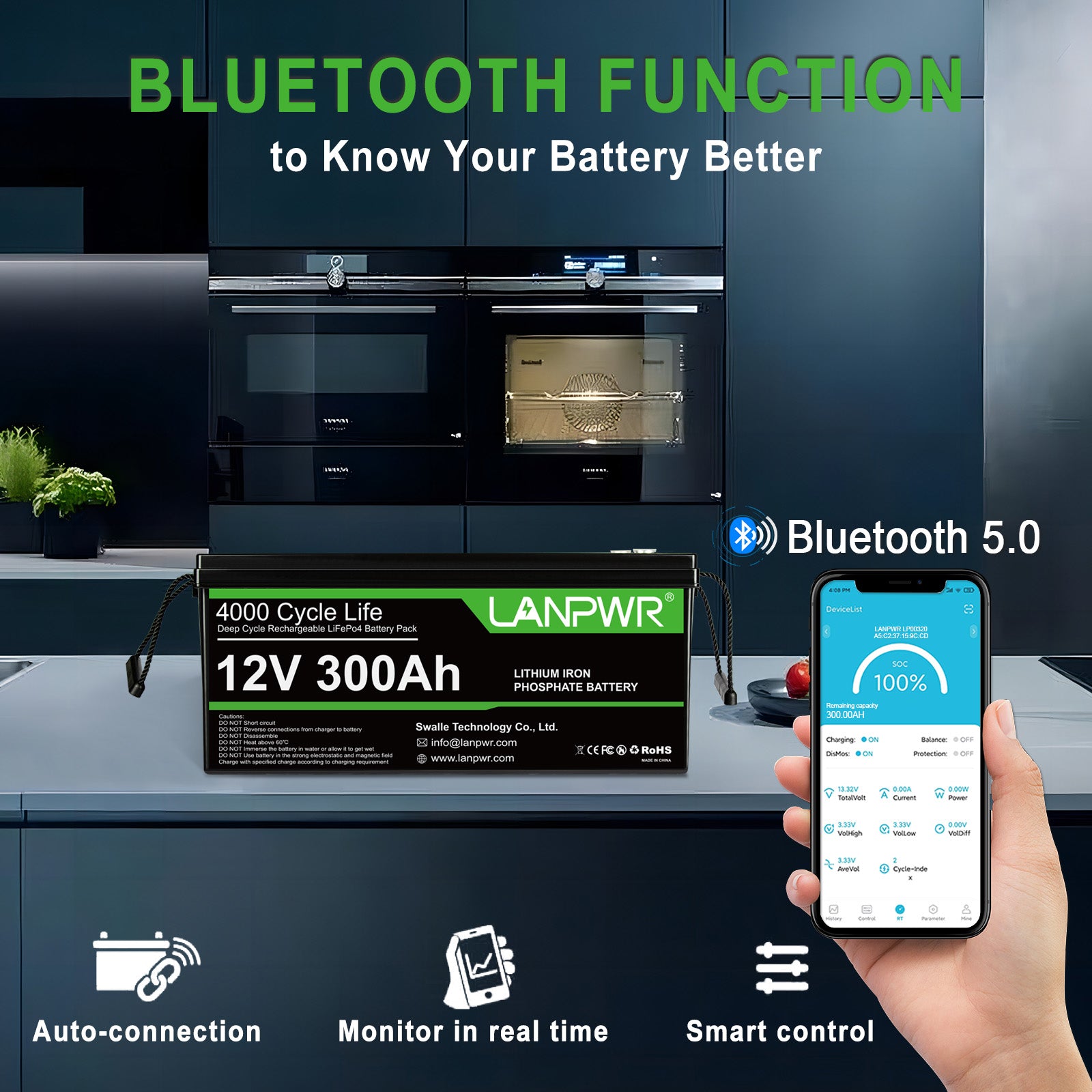
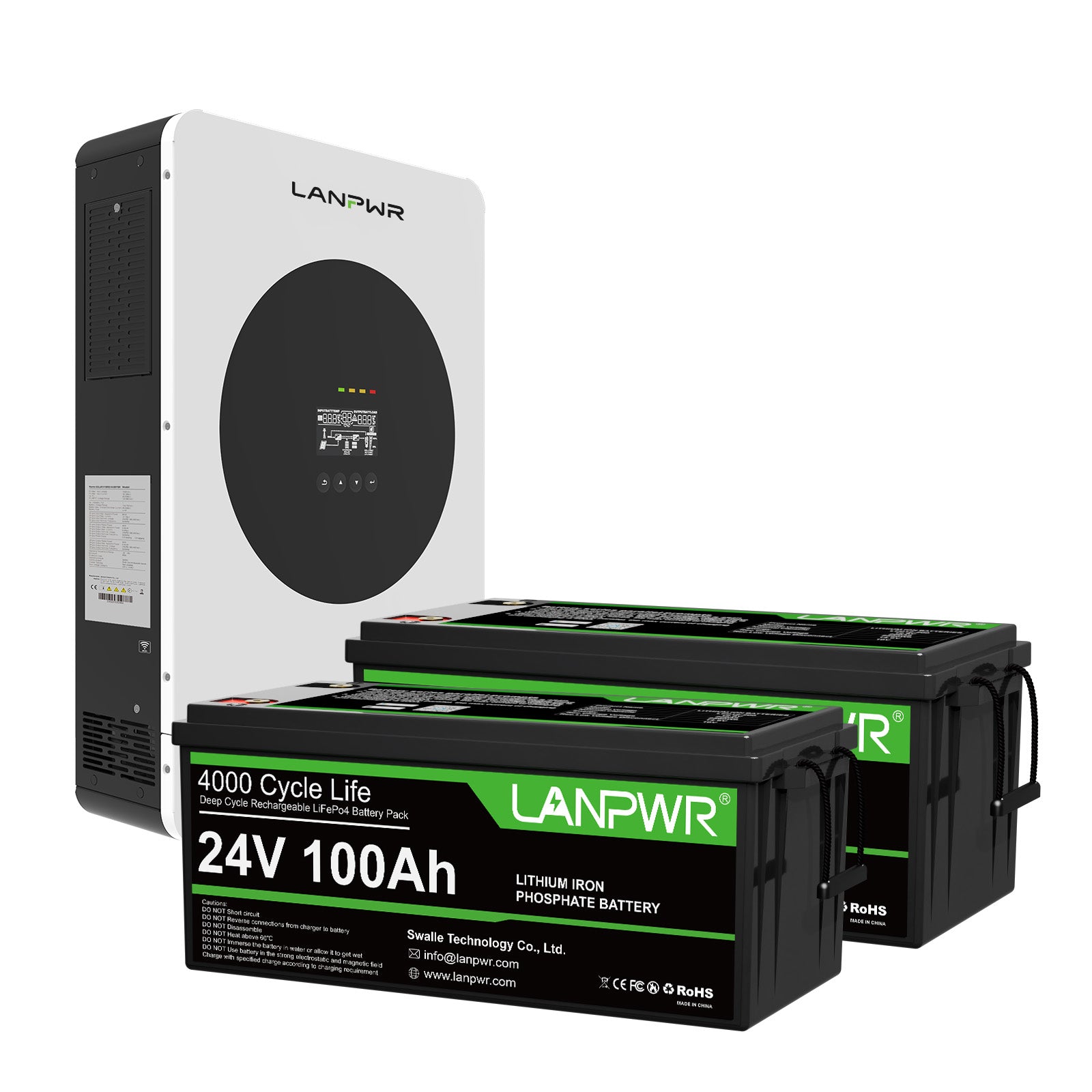
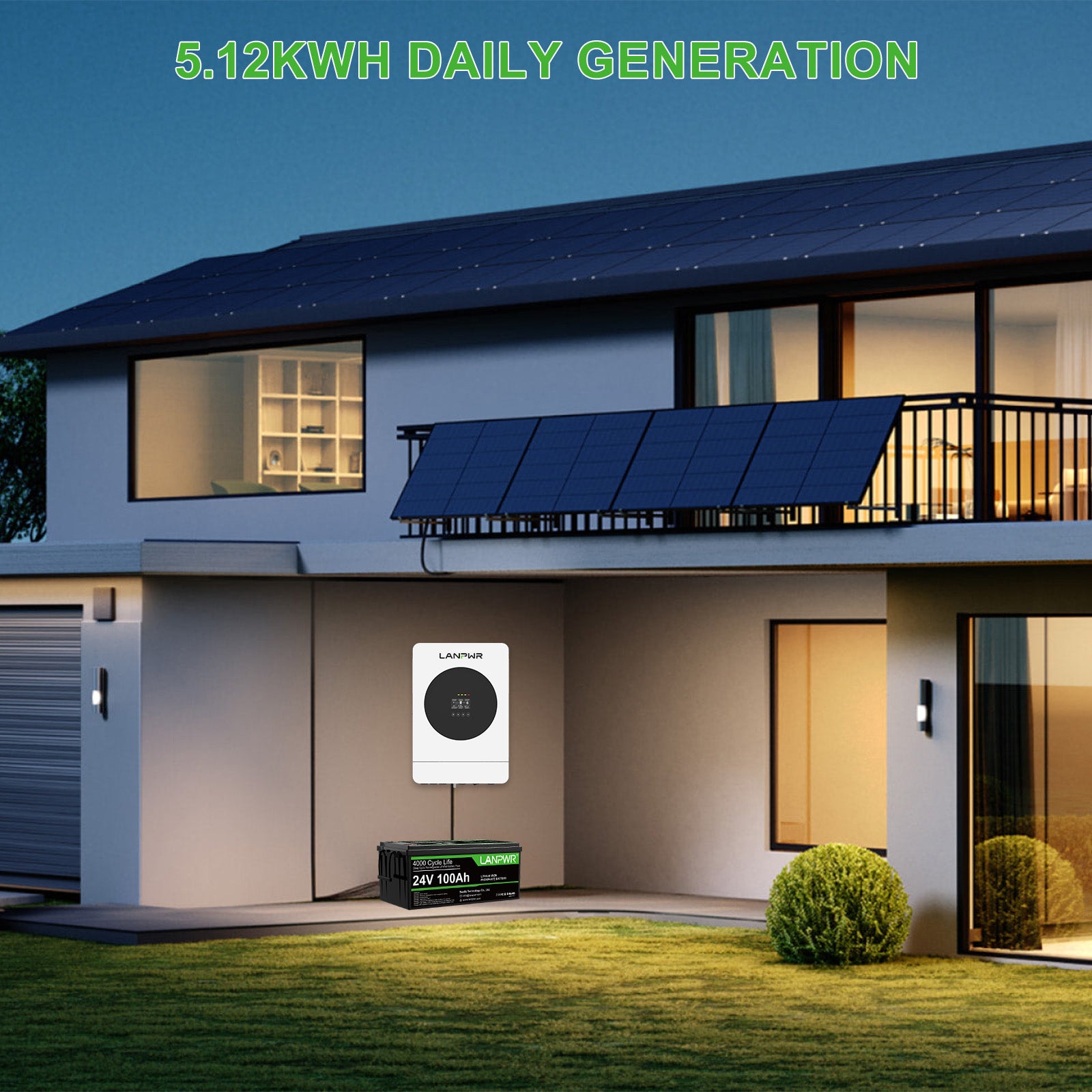
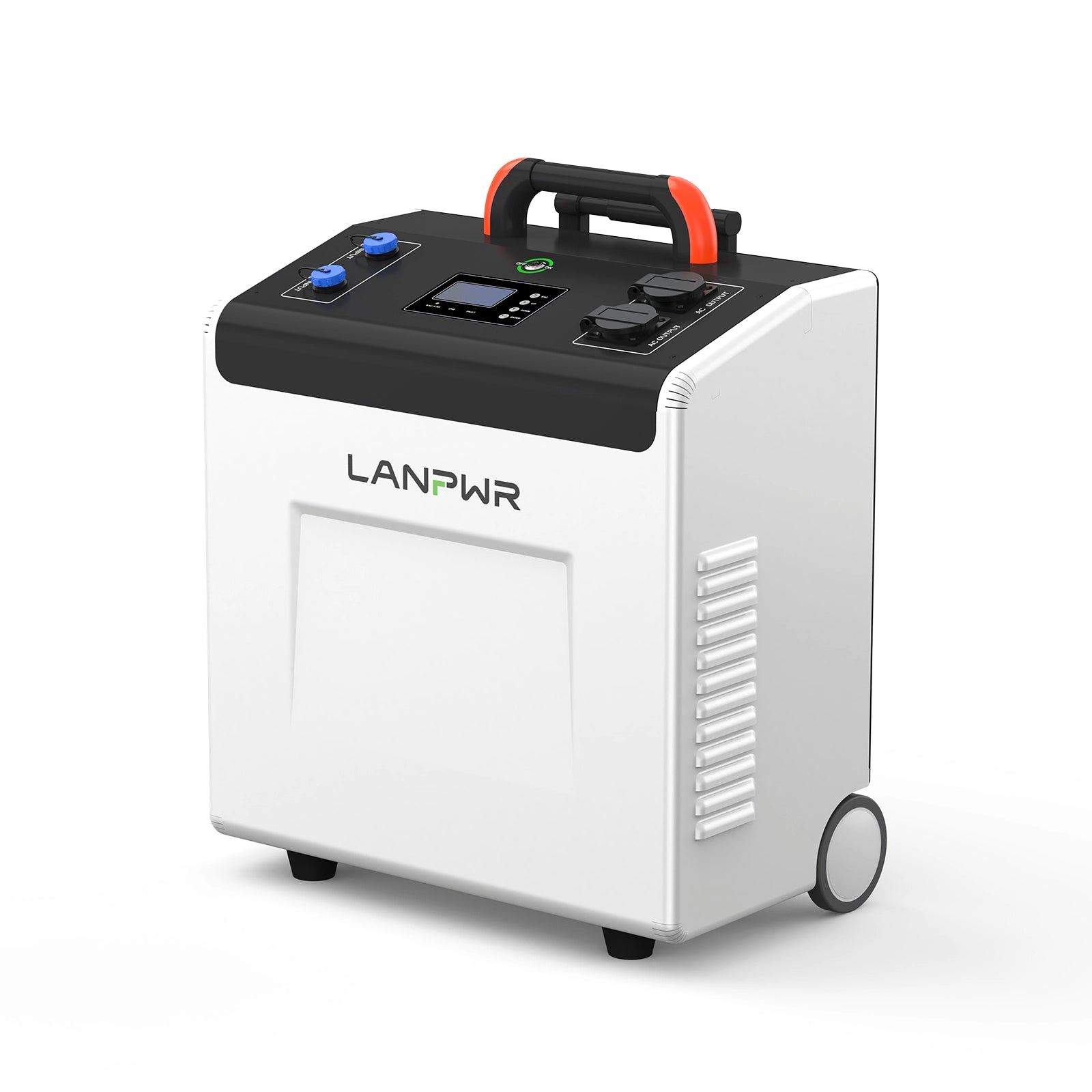
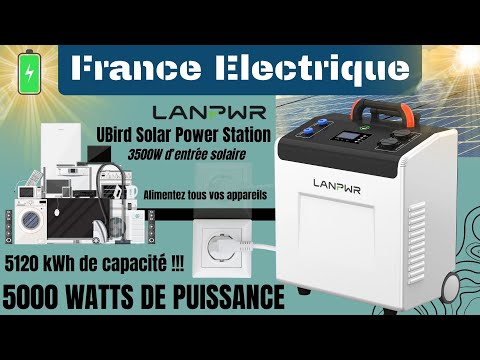
Leave a comment
This site is protected by hCaptcha and the hCaptcha Privacy Policy and Terms of Service apply.